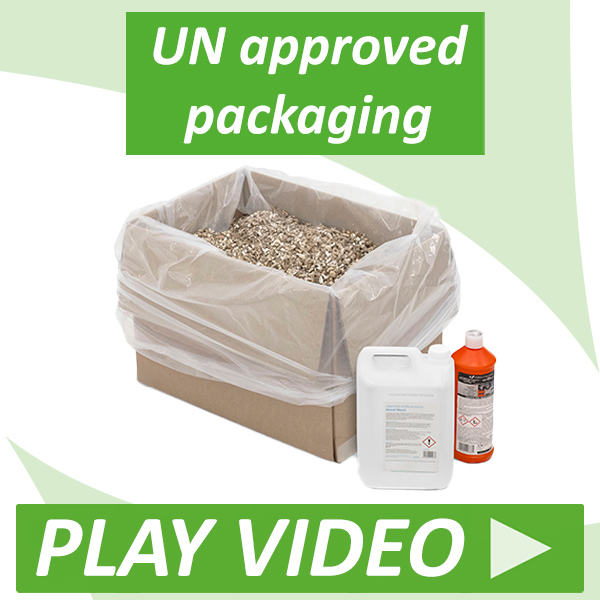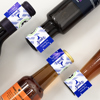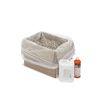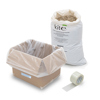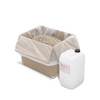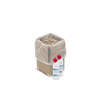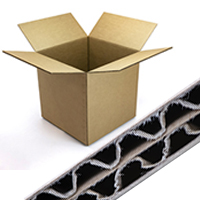Loading products
UN packaging at Kite Packaging
There’s no room for compromise when it comes to UN packaging. Our products have been crafted and tested to the highest standards at Bureau de Vérifications Techniques (BVT) in France to ensure full compliance with UN standards for maximum reliability and safety.
We offer great value for money with our competitive pricing, wholesale discounts and free delivery on orders over £45. You have the option to buy cartons, bags, tape, vermiculite and labels separately or as part of a kit.
Each UN pack comes with a downloadable packing list detailing and demonstrating how to correctly put each packaging component together to comply with the regulations and for safe shipping.
Please view our guide on which items can be shipped in our UN packaging. Please note that our boxes are NOT suitable for Class 1 explosives and Class 7 radioactive materials.
What is UN approved packaging?
UN approved packaging is specialised packaging used for transporting dangerous and hazardous goods and materials by land, air, or sea. It is specifically designed, tested, and certified to ensure it can do so safely, minimising risks of leaks, spills, or accidents.
The United Nations has set out regulations which are globally recognised and a legal requirement. These must be met when shipping dangerous or hazardous goods as failure to do so can cause harm to people, property, animals, and the environment. For this reason, UN packaging undergoes rigorous testing for durability, including drop, vibration, pressure, and stack tests to ensure it can withstand various transportation stresses.
All UN packs are marked with a unique code, known as a UN marking, which details the packaging type, material, maximum weight, and nature of the hazardous goods contained within.
Which UN packaging do I need for my goods?
UN packaging encompasses several containers, materials and packaging groups.
Kite Packaging specialises in:
- 4GV boxes
- Bags
- Tape
- Vermiculite
- UN labels
If there’s something you need but can’t find on this page, please get in touch with our R&D team and we’ll work with you to develop the right solution for you.
What is the difference between 4G and 4GV UN boxes?
If you purchase UN rated corrugated boxes, you might notice they are marked with 4G or 4GV and wonder what these mean. The key difference is their flexibility of use.
A 4G package is a box (4) made from fibreboard (corrugated) (G). It has undergone thorough UN testing, including drop testing, stack testing, vibration standard and a cobb test. You can only use 4G packaging with the exact packing components and products it was certified for. Any changes to this, and the package will no longer be UN certified.
Whereas 4GV packaging is more versatile. The ‘V’ stands for variation, meaning the inner components are allowed to change. These are suitable for glass, metal and plastic inner containers of all different shapes and sizes. Because of this variability, 4GV boxes are tested to the highest degree of danger, PG I (X), meaning they can also be used to pack substances with a lesser degree of danger. 4GV boxes are always tested with glass bottle inner containing liquid
Companies that ship various dangerous and hazardous materials may prefer 4GV boxes as these eliminate the need for several individual 4G approvals.
What can I put in a UN approved 4GV box?
Batteries (if within size & weight limits):
- Lithium-ion and lithium-metal (e.g. laptops, power tools, drones, e-bikes, e-scooters)
- Lead-acid and sealed lead types (e.g. UPS, golf carts, mobility scooters, marine/leisure batteries, small solar storage)
- Nickel-metal hydride (NiMH) and dry/alkaline types (household electronics, small devices)
- Individual battery cells or small packs
Other hazardous items:
- Small bottles or jars of flammable, corrosive or toxic chemicals
- Laboratory or diagnostic samples for testing
- Miscellaneous dangerous goods (e.g. environmentally hazardous substances, airbag inflators, polymeric beads)
